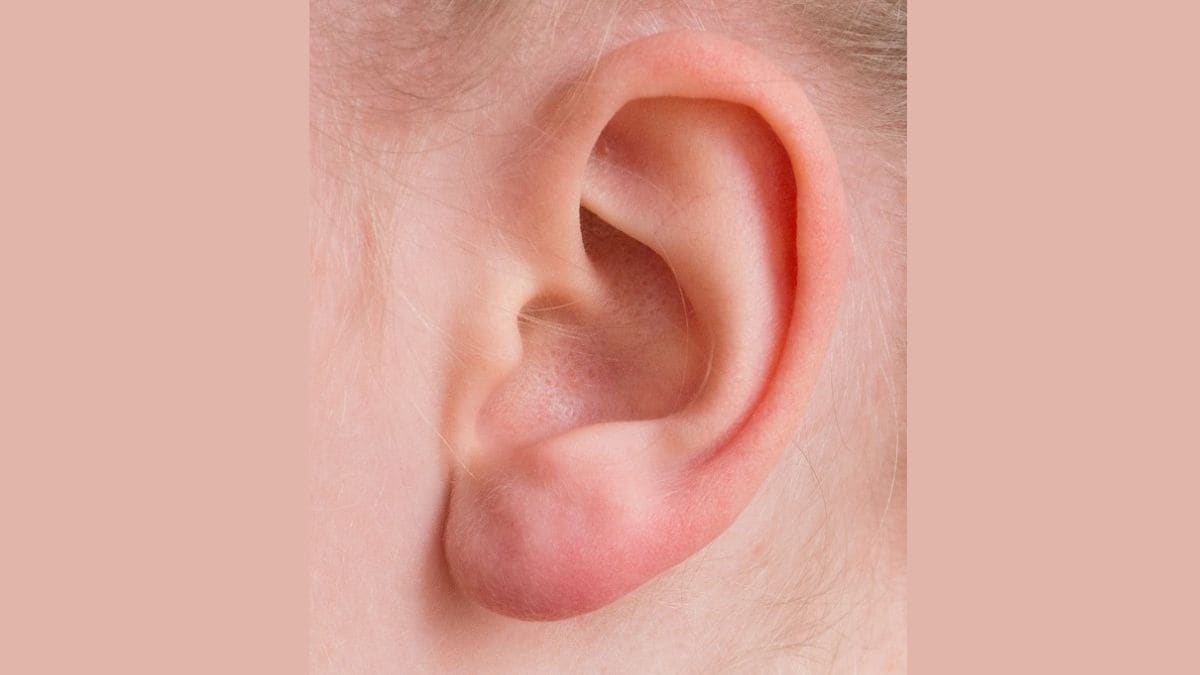Evolutionary Insights: Ear Muscles and Hearing Aids

Recent research has unveiled intriguing insights into the small muscles of the human ear. These muscles flex when individuals attempt to focus on specific sounds in noisy environments. Although these muscles were once vital for movement in our ancestral species, they now play a diminished role in modern human hearing. The activation of these muscles suggests they are evolutionary remnants of a more functional auditory system. Understanding these subtle muscular responses could pave the way for advancements in hearing aid technology.
Research Findings on Ear Muscles
A study published in Frontiers in Neuroscience sheds light on the response of auricular muscles during listening tasks. Conducted by researchers at Saarland University in Germany, the study involved participants with normal hearing. These individuals were exposed to overlapping audio sources while their ear muscles were monitored using electrodes. The findings revealed that the superior auricular muscles, located above the ears, became increasingly active as the difficulty of distinguishing sounds heightened.
Interestingly, the posterior auricular muscles, located behind the ears, showed heightened activity when sounds originated from behind the participants. This suggests that these reflexive movements may have once played a crucial role in helping early humans detect sounds outside their direct line of sight. The study highlights how our auditory system has evolved over time, retaining some features that were once essential for survival. This research not only enhances our understanding of human hearing but also emphasizes the complex interplay between our evolutionary past and current auditory capabilities.
Potential Applications in Hearing Aids
The implications of this research extend beyond mere curiosity; they hold potential for the future of hearing aid technology. Steven Hackley, a researcher at the University of Missouri, discussed these findings with Live Science. He suggested that if hearing aids could detect muscle activation, they might automatically amplify sounds in the direction a person is trying to focus on. This could significantly enhance the user experience for individuals with hearing impairments.
However, the interpretation of muscle activity is not without debate. Some researchers argue that increased muscle activity may not directly correlate with listening effort. Matthew Winn, a researcher at the University of Minnesota, expressed that the muscle response could indicate a heightened state of alertness rather than a conscious attempt to hear better. This distinction is crucial for developing effective hearing aids that truly cater to the needs of users. As research continues, understanding these nuances will be vital for creating devices that enhance auditory experiences in real-world environments.
The Future of Auditory Research
The study of ear muscles and their responses opens new avenues for auditory research. As scientists delve deeper into the complexities of human hearing, they may uncover more about how we process sound in challenging environments. The evolutionary perspective on these small muscles provides a fascinating backdrop for understanding their current functions.
Future research could explore how these muscle responses vary among different populations and age groups. Additionally, understanding the neurological pathways involved in these reflexive movements could lead to breakthroughs in treating hearing loss. As technology advances, the integration of biological insights into hearing aid design could revolutionize how we assist those with hearing impairments. The journey of discovery in this field is just beginning, and the potential benefits for individuals with hearing challenges are immense.
Observer Voice is the one stop site for National, International news, Sports, Editor’s Choice, Art/culture contents, Quotes and much more. We also cover historical contents. Historical contents includes World History, Indian History, and what happened today. The website also covers Entertainment across the India and World.

